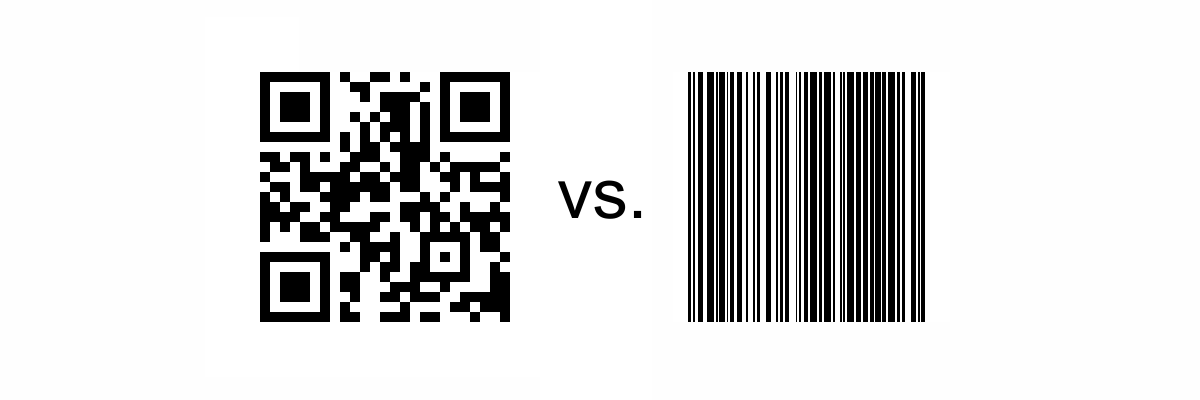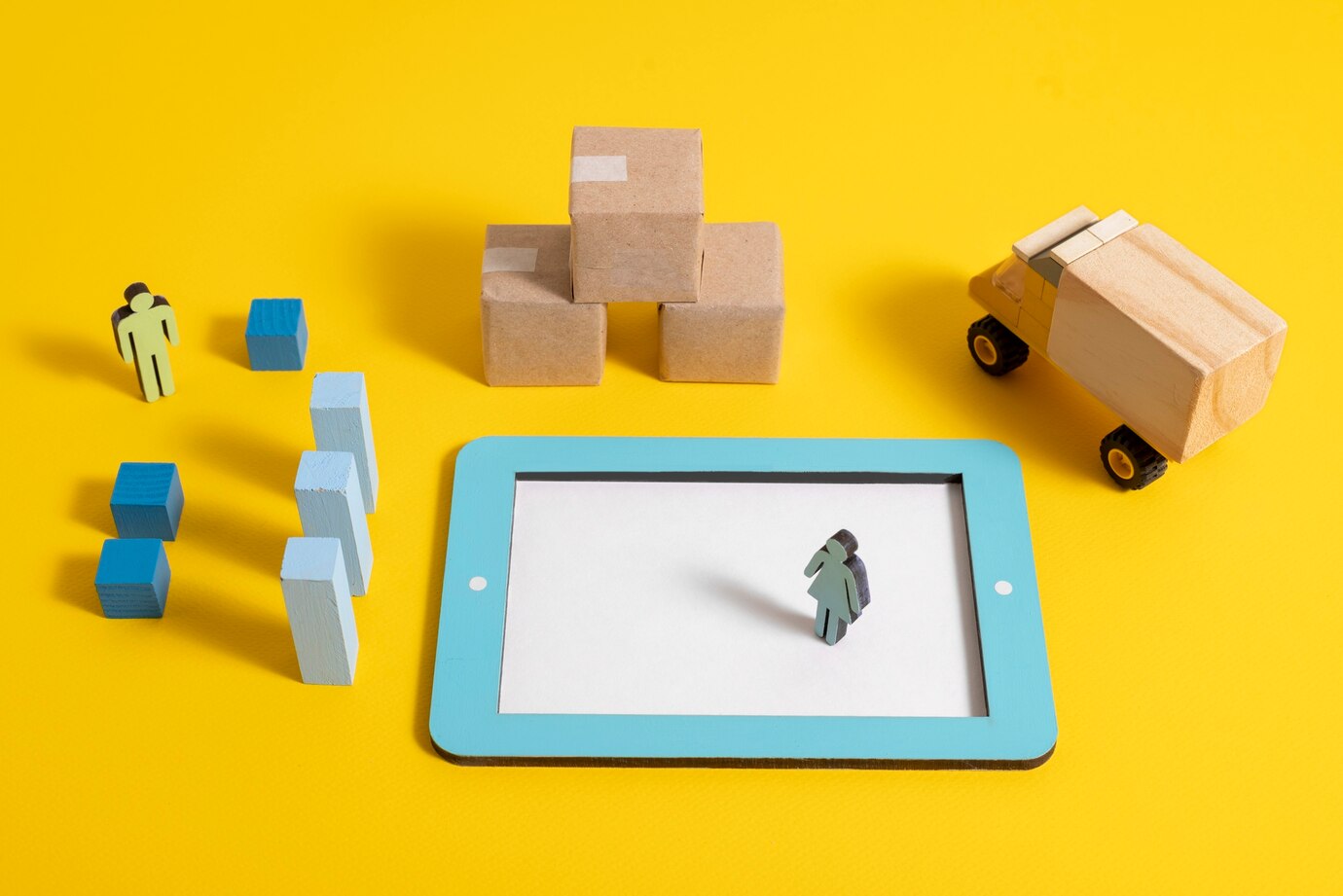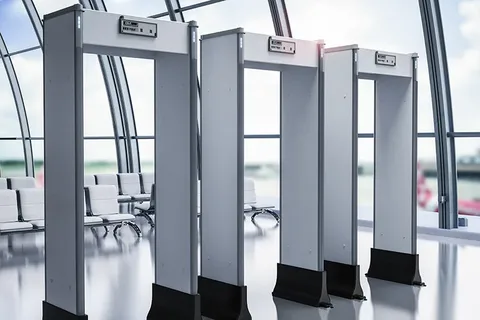
People often confuse QR codes with barcodes and think that there is no difference between them. Usually, when you scan the barcode, in the case of QR codes, you get a short description of an item, while QR codes can link to videos, websites, social networks, etc.
It is important to note that there are many advantages that QR codes offer, which makes companies choose QR codes over barcodes. The many QR codes are much more advanced than barcodes and offer more opportunities for different business processes. This includes marketing efforts, customer engagement, and monitoring of internal processes.
When looking for ways to streamline business processes, QR codes serve as powerful tools to help manage important assets. Barcodes are commonly used in the retail industry and have been used for years. So should businesses stick with barcodes or go for QR codes?
Table of Contents
What is a barcode?
A barcode is a pattern consisting of parallel lines of different widths. These bars are for entering data into a system. The barcode is black on a white background, and the width of a code can vary depending on the type of application.
The barcode can be adjusted to the user’s needs. It is possible to have both simple and complex information represented in a barcode. The bar or blank spaces of a given width at a given position are read by a barcode reader and transferred to the computer as a 0 or 1.
For some barcodes, there are two different bar widths, while for other codes up to four widths can be applied. The numbers that are printed on the base of a barcode are those represented by it.
What is a QR code?
QR codes are two-dimensional matrix barcodes that you can instantly scan with your phone. It is an advanced version of a barcode that has several advantages. Thanks to this, they can be read by scanners both horizontally and vertically. A QR code has a complex structure. It usually has a square shape with black and white squares and dots.
This complex structure gives QR codes a great advantage over barcodes, since they have greater information capacity and are more tolerant of errors. The flexibility that QR codes offer makes them perfect for businesses that want to use codes for marketing campaigns or other forms of customer engagement.
QR codes are commonly used to link to a company’s websites or social media accounts. However, there are many more ways to use QR codes for a business. QR codes can store up to 4,296 characters with punctuation and special characters, making it easy to encode website URLs.
Advantages of using a barcode
The main advantage of using barcodes is that they are very easy to use after printing. They serve as a great organizational tool as they are mostly used in the retail sector for inventory management. Now, as barcode technology advances and continues to improve, all smartphones can be used as barcode scanners and interpret the data.
Although there is a certain limit to the data that can be stored in a barcode, it is still sufficient for effective asset tracking and inventory management in the retail industry. Barcodes can be used in various industries, but the shift to QR codes is becoming increasingly noticeable. QR codes are replacing basic barcodes.
But still, barcodes are widely used to identify and track different types of items in supermarkets, stores, and other businesses.
Advantages of a QR code
QR codes are advanced versions of barcodes and their main advantage is the ability to contain a lot of data. Also, it’s good to know that even if the QR code is damaged, it can still be read.
QR codes have a high tolerance for errors due to their well-designed structure. This is because the structure of QR codes includes duplications, which allows the code to be up to 30% corrupted but still readable.
Below are other important advantages that QR codes offer companies and that must be taken into account when choosing what is best to start using:
HIGHER LOADING AND SCANNING SPEED
QR codes can also be scanned and uploaded information faster than barcodes. In addition, QR Codes use short URL technology. In this case, all linked information is condensed into a shorter link for faster loading.
PERSONALIZATION FEATURES FOR MARKETING EFFORTS
QR codes used in printed materials help track the effectiveness of marketing efforts.
You can quickly create a custom code with a QR Code Generator. In a few easy steps you will get a unique and colorful QR code, which you can then modify and change. QR codes allow you to play with colors, images, custom frames, etc. You can even add a call-to-action button next to the code to help customers understand the purpose of the QR code.
A custom QR code is an amazing tool for marketing campaigns. It helps to track campaign results, as well as engage with customers and inform them about products. By using branded QR codes in different places and marketing channels, you can improve brand awareness and build stronger relationships with your customers.
The customizable QR code offers a great solution for sharing links to social media, boosting app downloads and much more. Thanks to the customization features, you can be very creative and express yourself to create a beautiful and attractive QR code for your business.
TRACKING AND EDITING CAPABILITY
There are dynamic QR codes that allow obtaining crucial tracking information for marketing campaigns, including data about scans, devices used for scanning, scan time, etc. With the editing features, you can easily change the link used for the QR code without changing its appearance.
Plus, with tracking features, it’s now easier to roughly estimate the ROI (return on investment) of print materials used for campaigns and other marketing efforts. You can see how many people have scanned printed materials and what other actions they have taken from the QR code. Tracking and editing capabilities give QR codes a huge advantage over barcodes.
INTEGRATION WITH AN INVENTORY MANAGEMENT SYSTEM
Like barcodes, QR codes can also be used for inventory management systems. QR codes are easy and quick to read. Also, you can use your smartphone as a QR Code Scanner which saves a lot of time. It is more comfortable to quickly use a telephone for employees than a specific reader, especially if there are some difficulties in a warehouse.
There are now many inventory management software solutions that integrate QR codes, making changing barcodes quick and easy to do.
Why choose QR codes instead of barcodes?
QR codes and barcodes have different structural forms, so when choosing which codes to stick with, consider your needs. Find out what features are important and necessary so that you can organize everything and achieve your certain goals. Of course, all of the advantages of QR codes listed above outweigh the pros of using barcodes. Even so, your decision depends exclusively on you and the needs of your company.
With QR codes you have more opportunities to make changes and be creative. If that’s what you want, go for QR codes. Here are other great reasons to choose QR codes over barcodes:
- superior flexibility. You have the ability to change the information and links stored in a QR code, without changing its appearance.
- Asset tracking options. With QR codes you can not only track which category a certain item belongs to, but you can track each unique item separately. This plays an important role in tracking company assets as you need to be able to uniquely identify items.
- Uniqueness. QR codes offer uniqueness as they help identify each unique asset separately. Barcodes are quite limited in this regard due to the limit of data they can store.
- Great ease of use. QR codes can be damaged, but are still scannable. This is another important factor in asset tracking. So even if a QR code is cut off somewhere and incomplete, there is a high chance that there will still be a chance to read it.







